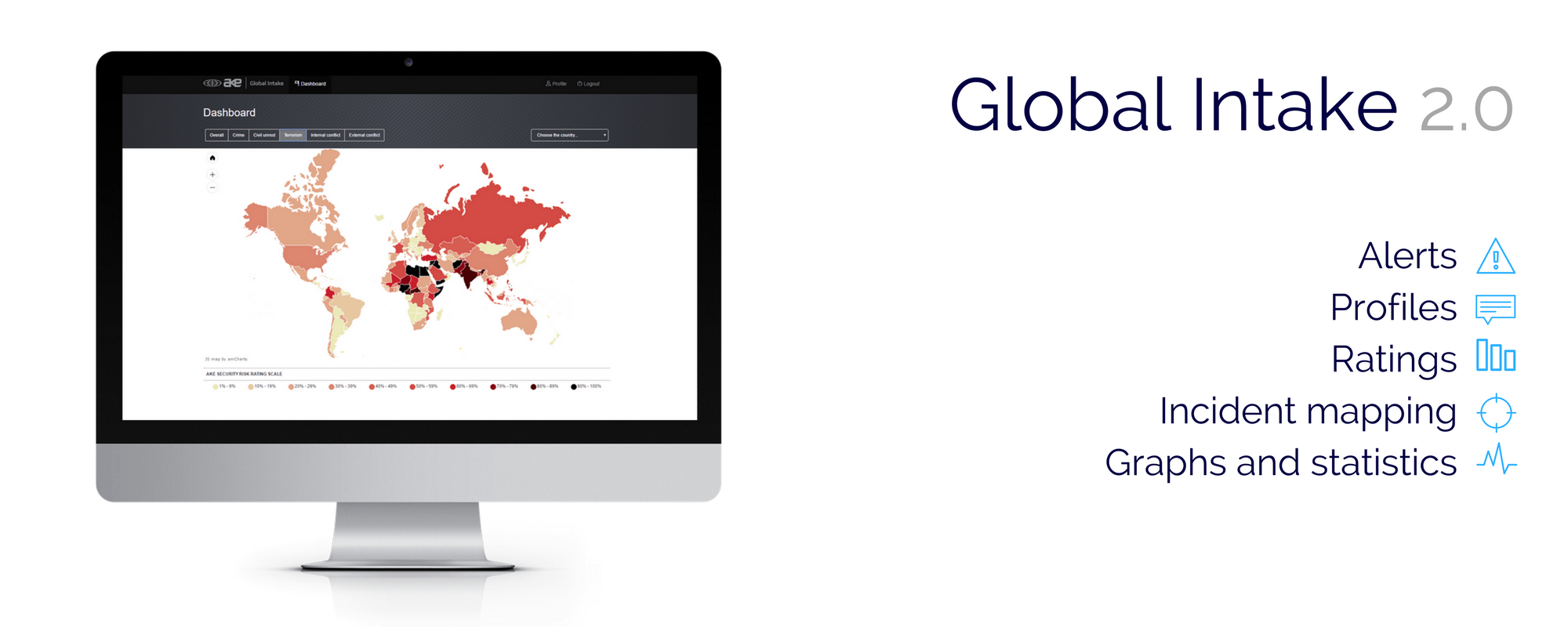Date first published: 07/03/2023
Key sectors: all; oil and gas; mining; cargo transport; retail
Key risks: political instability; governability; business disruption; political violence; civil unrest
Risk development
Three recent developments underscore a fresh heightened risk of political instability and disruptive unrest in Ecuador. On 5 February conservative President Guillermo Lasso suffered a significant defeat as voters not only rejected the eight questions he had submitted to referendum to support his policy agenda, but also showed support for left-leaning parties in the country’s local elections. Then, on 24 February the powerful Confederation of Indigenous Nationalities of Ecuador (CONAIE) ended talks with Lasso’s government citing its lack of compliance with the agreements reached following 18 days of highly disruptive anti-government unrest in June 2022. CONAIE is demanding Lasso’s resignation and for lawmakers to hold impeachment proceedings against him, with protests scheduled for at least 8 and 28 March. Last but not least, on 4 March the unicameral National Assembly approved a non-binding report recommending launching an impeachment process against Lasso over alleged corruption at public companies.
Why it matters
The aforementioned developments will negatively impact governability and have a strong potential to lead to unrest-related disruption across several sectors – including oil and gas, cargo transport and mining. Moreover, they have consolidated the risks of a premature end of Lasso’s term, constitutionally scheduled to last until 2025.
The renewed strength of left-wing parties – particularly the Citizen Revolution party backed by former president Rafael Correa and the leftist indigenous Pachakutik party – will embolden them in the National Assembly – where Lasso’s CREO party only has 12 seats and where legislative obstructionism is expected to increase. The referendum’s rejection – effectively a rejection of Lasso’s presidency – triggered a legitimacy crisis which – compounded by rampant insecurity linked to growing drug trafficking-related violence and by ongoing graft probes targeting public companies including state-owned oil firm Petroecuador – is set to deepen.
CONAIE’s decision to cut ties with the government further adds to the crisis. CONAIE has the power to activate and de-activate destabilising unrest – as seen in June 2022 when an agreement between the government and indigenous groups allowed Lasso to survive an impeachment vote spearheaded by left-wing parties in response to the unrest. Since taking office in May 2021 Lasso managed to secure certain support from Pachakutik, which appeared open to dialogue. Should the party align with CONAIE’s overt opposition to Lasso’s policies, the risk nationwide protests will increase – even more so should the impeachment process fail to proceed.
Background
Lasso has already faced significant anti-government protests in October 2021 and June 2022 – alongside attempts to remove him from office. The 2022 unrest – which almost paralysed the country and featured looting, sabotage and vandalism incidents – led to months of negotiations with CONAIE during which 218 agreements were reached across 10 negotiation rounds. Although the government made significant concessions, CONAIE had warned that some deals were “partial advancements”, often threatening to return to the streets should all demands not be met.
Despite progress at macroeconomic level, a steep deterioration in the security environment – with six states of emergency declared to contain violent criminality since May 2021 – austerity measures, a drive to expand and support extractive industries and corruption scandals have eroded Lasso’s support base.
Risk outlook
Pressure on Lasso – and therefore policy uncertainty and political instability – will increase even if the impeachment process does not go ahead, as indigenous groups are set to once again resort to disruptive action to influence policy direction.



